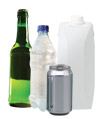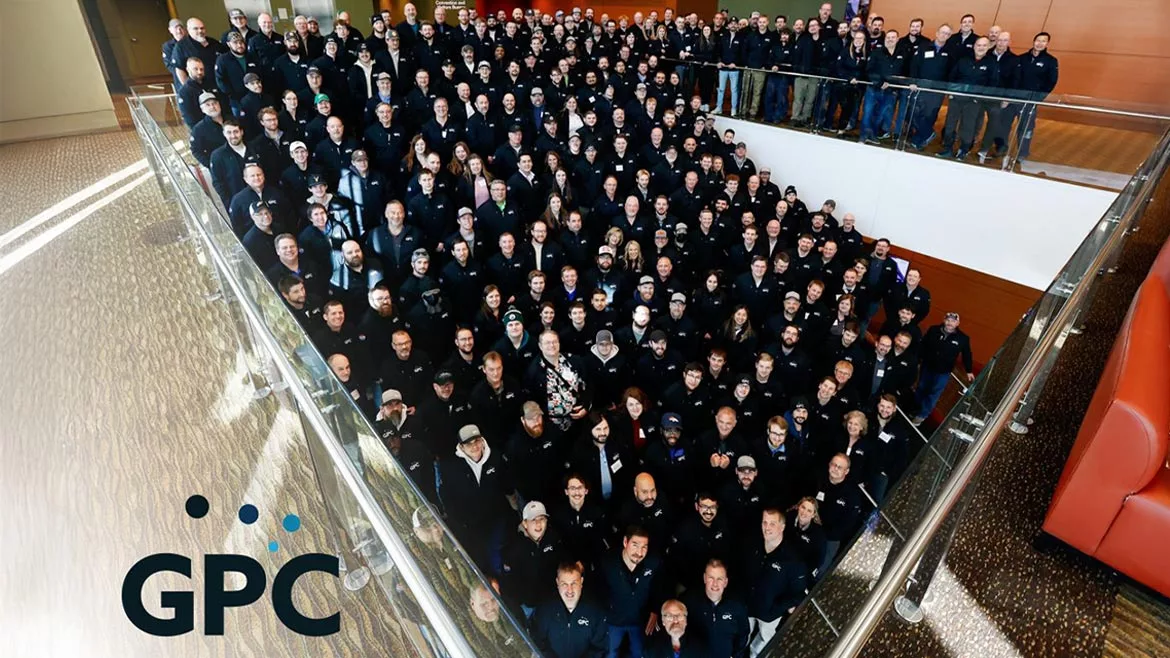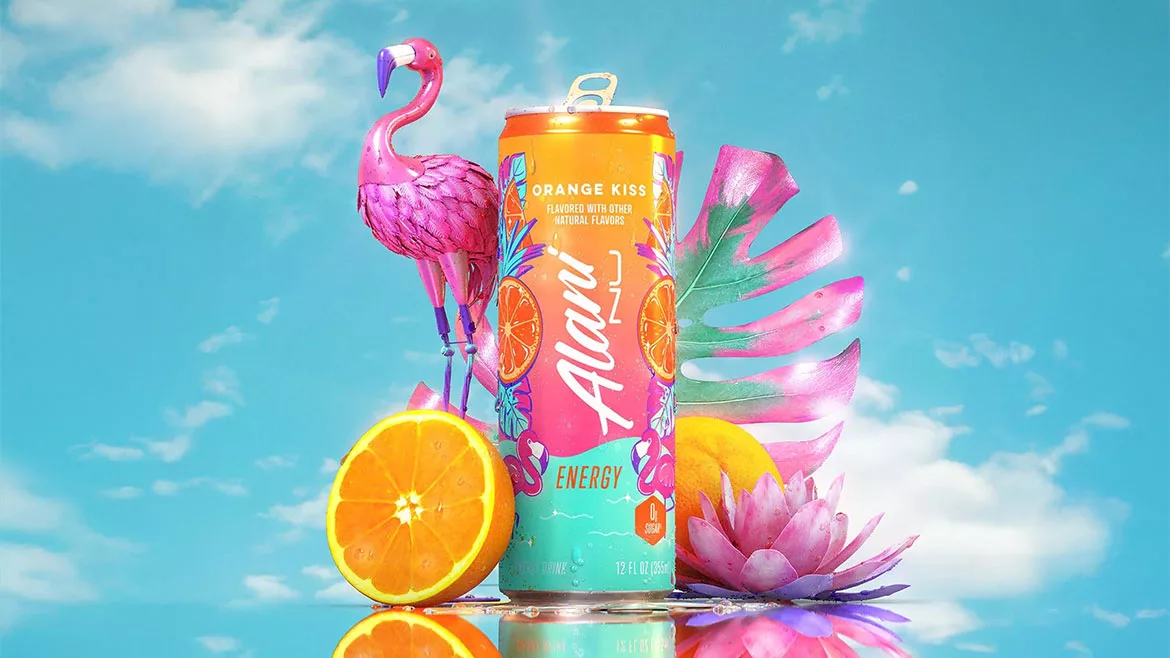Seeking a solution for recycling

As more consumers demand environmentally friendly products, beverage companies are facing myriad challenges to adapt manufacturing processes, ingredients and packaging for greener products. In terms of packaging, global research from the packaging community aims to prove which primary packaging material is the most eco-friendly, but for beverage companies looking to “go green,” their bottom line is still top of mind.
One segment of the packaging industry has been working since April 2009 to develop a strategy for a long-term, sustainable method to recycle its packages. The Carton Council, a partnership between Tetra Pak, Elopak, Evergreen Packaging and SIG Combibloc, launched about a year and a half ago to promote carton recycling in the United States.
“Those four main leading companies in the carton converting industry got together and said, ‘It is in the industry’s best interest for us to really focus on recycling and really help drive the metrics,’” says Jeff Fielkow, vice president of recycling programs at Tetra Pak U.S.A.
One segment of the packaging industry has been working since April 2009 to develop a strategy for a long-term, sustainable method to recycle its packages. The Carton Council, a partnership between Tetra Pak, Elopak, Evergreen Packaging and SIG Combibloc, launched about a year and a half ago to promote carton recycling in the United States.
“Those four main leading companies in the carton converting industry got together and said, ‘It is in the industry’s best interest for us to really focus on recycling and really help drive the metrics,’” says Jeff Fielkow, vice president of recycling programs at Tetra Pak U.S.A.
The Carton Council developed a four-pillar approach to aseptic and gable-top carton recycling solutions: increasing household access to carton recycling; increasing awareness, access and education for recyclers and sorters to learn how to properly recycle cartons; developing long-term, scalable and sustainable users of the recycled product in the United States; and generating public awareness once a regional and national infrastructure is available.
Currently, 27 states have recycling programs that accept cartons, and since 2003, carton recycling access has increased by 50 percent in the United States, Tetra Pak says.
Since the council’s formation, the number of paper mills in the United States that recycle cartons has gone from one to four. The first paper mill was located on the southern tip of Florida and locations have opened in the Midwest, Northeast and Southeast with others to follow in the near future, Fielkow says.
Before The Carton Council developed relationships with those locations, many of the paper mills that were interested in cartons were based abroad. Fielkow says it is important, from a wholistic sustainability standpoint, to establish domestic connections.
“It also helps with the sustainability method because you have less shipping costs, lower carbon footprint,” he says. “So we always want to make sure there’s a domestic option, but at the end of the day, commodities, whether it’s glass, plastic, aluminum, steel, they go typically to the highest payer with the best credit.”
Recycled cartons cannot form a closed loop and be made into more cartons, he says. Instead, the outer shell of the carton must be cracked in order to gain access to premium fibers on the inside. Those fibers become facial tissues, toilet paper and office paper, Fielkow says.
“What we did is look at all of the attributes that a carton has, and then we looked at the best type of end users that would really have strong demand for the material – value it fully for what the material is worth,” he says. “Then we create this hole by creating demand at a good value for the material by pulling it through the system. And that’s what we’ve done by targeting very specific end users who can buy the material and use it as a raw material to make new products.”
In addition to their Carton Council commitments, both Tetra Pak and SIG Combibloc have released packaging with the Forest Stewardship Council (FSC) label, which seeks to assure consumers that the materials used in the package are traceable throughout the supply chain back to the forest and that the paperboard used in the package comes from FSC-certified forests and other controlled sources. Earlier this year, Tetra Pak launched its FSC-certified package in Switzerland. In October 2009, SIG Combibloc released its combiblocMaxi, combiblocSmall and combifitPremium cartons with FSC labels in Europe.
Life cycle assessments
Life cycle assessments can provide invaluable information for the packaging industry to evaluate the environmental impact of its materials. A life cycle assessment can give the industry a snapshot of a material’s previous environmental impact, where it is now, and where it is expected to go down the line. Associations dedicated to three of the beverage industry’s most used container materials – glass, aluminum and PET – recently conducted such studies.
The Glass Packaging Institute (GPI), Alexandria, Va., coordinated a cradle-to-cradle life cycle assessment, which concluded that the use of recycled glass, known as cullet, in manufacturing results in a decrease in primary energy demand and reduces carbon emissions. The study collected data from 105 furnaces that represent 75 percent of the North American glass container production market, GPI says.
The study also confirmed that the industry is making progress toward a goal of using 50 percent recycled glass to manufacture new glass bottles and jars by the end of 2013, said Joseph Cattaneo, GPI’s president, in a statement.
The life cycle assessment also dismisses the claim that transportation of the containers offsets the benefits of recycling because of the weight of glass containers, saying that transportation of raw materials and cullet in production represents only 4 to 5 percent of the total energy used, GPI says.
“In creating more recycling awareness and working to improve recycled glass collection, the industry is helping boost the cullet content in manufacturing,” Cattaneo said. “The study shows increased cullet helps reducing energy emissions, conserve raw materials, extend the life of glass manufacturing furnaces and save energy.”
In addition, a life cycle analysis of aluminum cans commissioned by the Aluminum Association, Arlington, Va., concluded that aluminum packaging can be recycled and returned to the shelf in as little as 60 days. The organization also noted that the industry has reduced its overall carbon footprint by 44 percent and uses 30 percent less energy compared to 17 years ago.
To quantify the energy require-ments, solid waste, atmospheric and waterborne emissions required to collect post-consumer polyethylene terephthalate (PET) and high density polyethylene packaging (HDPE), sort and separate the material, and reprocess it into clean resin, the Sonoma, Calif.-based National Association for PET Container Resources (NAPCOR) co-sponsored a life cycle inventory.
The study concluded that using recycled PET and HDPE to manufacture a package could save 30 trillion BTU of energy – the equivalent of powering 317,000 U.S. homes – based on 2008 recycling rates. For a single pound of recycled PET flake, the energy use required is reduced by 84 percent and the greenhouse gas emissions dropped by 71 percent, the organization says.
NAPCOR said that the analysis of PET must not only account for the material’s recyclability, but also its lightweight composition, shatter resistance and ability to preserve taste, among other factors. BI
Looking for a reprint of this article?
From high-res PDFs to custom plaques, order your copy today!



